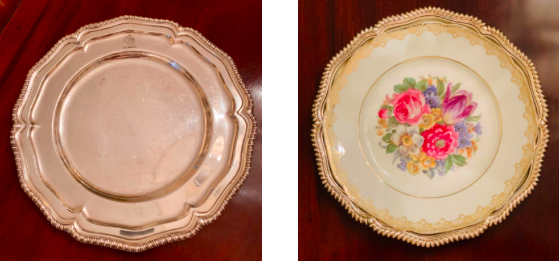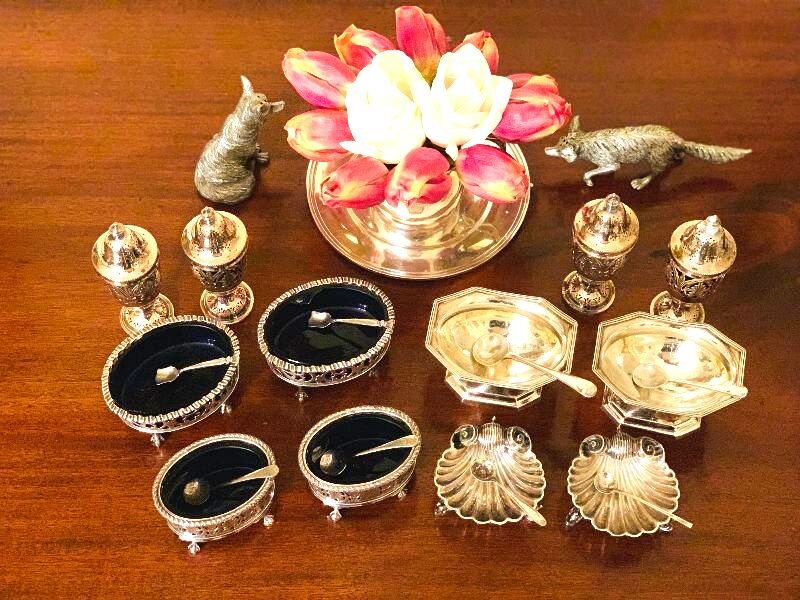Do you need to sing for your supper? Oh yes, indeed you do!
Whether you can sing a musical note or not is beside the point. The point is that, as a guest, you are being treated to dinner, or whatever it is that you have been invited to. Your hosts go out of their way to entertain and nourish you with their gracious hospitality, food and drink. A proper guest knows how to acknowledge and show gratitude by being engaging and conversational with the other guests, as well as polite and appreciative. In essence, that is "singing for your supper.” In return for the reward of receiving an invitation, it is up to you to be attentive, captivating and contribute to the evening. Your gift, which you are giving to the hosts, is to be a charming guest, and a person that others are attracted to for conversation and joviality. Nothing is worse than a guest that simply expects to be entertained and is boring!
Here are a few finer points that contribute to being an outstanding dinner guest:
Respond to an invitation within 48 hours, or sooner! This affirms how enthused you are to attend.
When you open up a stunning invitation, make a remark about it. Hosts go to great lengths choosing just the right invitation, and wording, for an event. It is music to the ears of the hosts to learn that a guest is pleased with the invitation and is going out of their way to acknowledge their efforts in creating it!
If you have allergies, food dislikes, or are a vegan or vegetarian, let the hosts know well in advance of the party. This is your obligation as a good guest.
When you bring a gift to a party, do not expect the hostess to open it. If it is wine, do not expect it to be served. They have already made the effort to choose the appropriate wine to complement the dinner.
If you are not sure what the dress code is, ask the hosts in advance so that you may dress appropriately.
Know when to leave. This is paramount. You may think that you are the life of the party, but do not assume that your hosts want you to stay until the wee hours. If you are the guest of honor, it is up to you to leave first, so that the other guests may leave after you. Remember: if your hosts truly want you to stay longer, they will convince you to do so when you attempt to bid your adieu!
Be the first to write a meaningful thank you note to the hosts. Remark on specific details and efforts which made the evening magical and memorable.
Sign up for Mummy’s Monday Manners to receive new sparkling tips about etiquette and classic design every week, along with a free download of Holly’s Elegant Entertaining e-book.
Forbidden Faux Pas
Forgetting to R.s.v.p. in advance of the party date.
Bringing a guest without getting the approval of the hosts well in advance.
Changing your place card from its original location to a different spot on the table.
Millennial Tip
If you bring flowers to a dinner party, bring them in a vase so that the hosts do not have to leave their guests to arrange them. Having flowers delivered earlier in the day, or even the day before is always a thoughtful gesture. If you do not know the color scheme of the hosts' house, send white flowers, which can be placed anywhere in a house. It's a safe choice, any time of the year!








